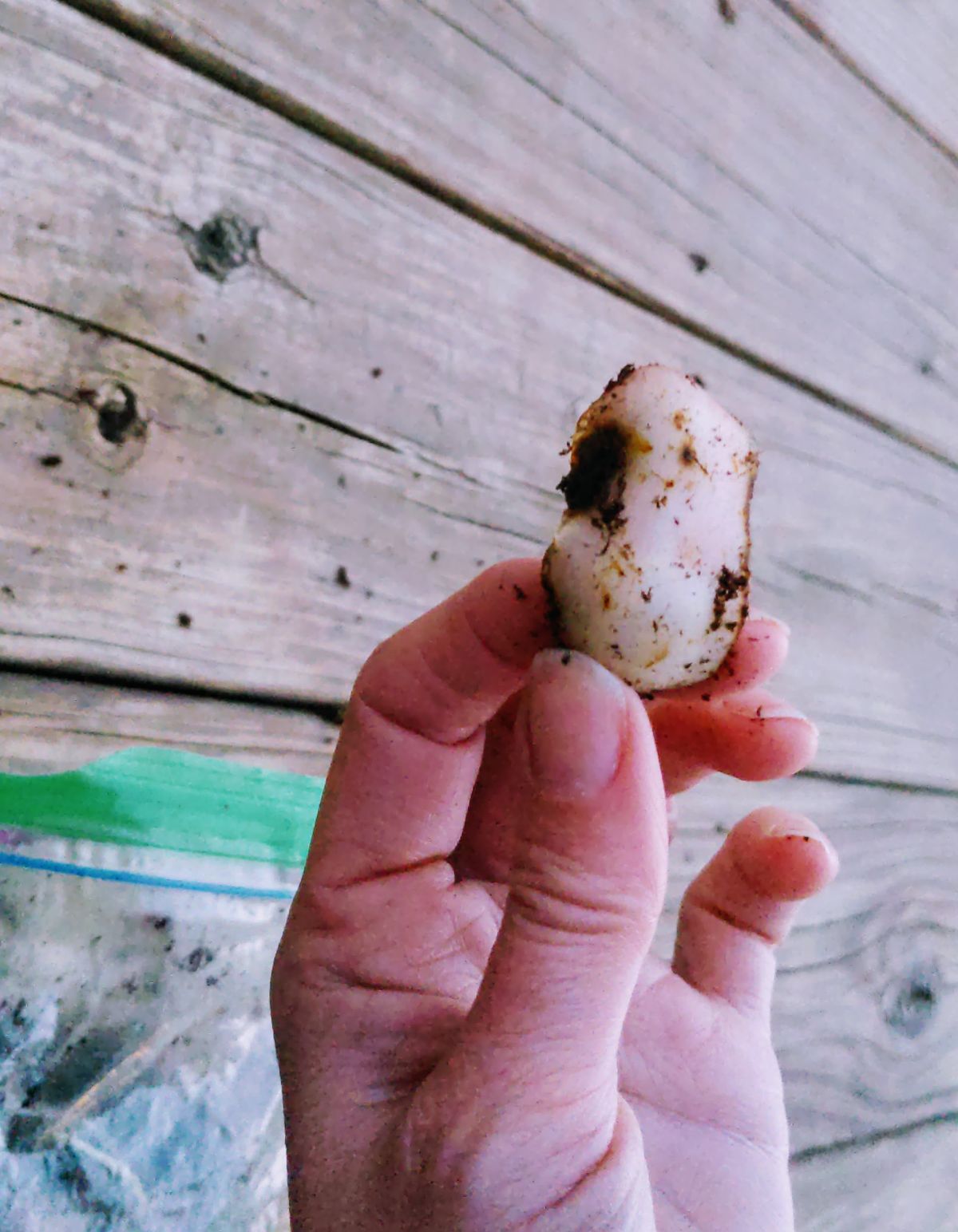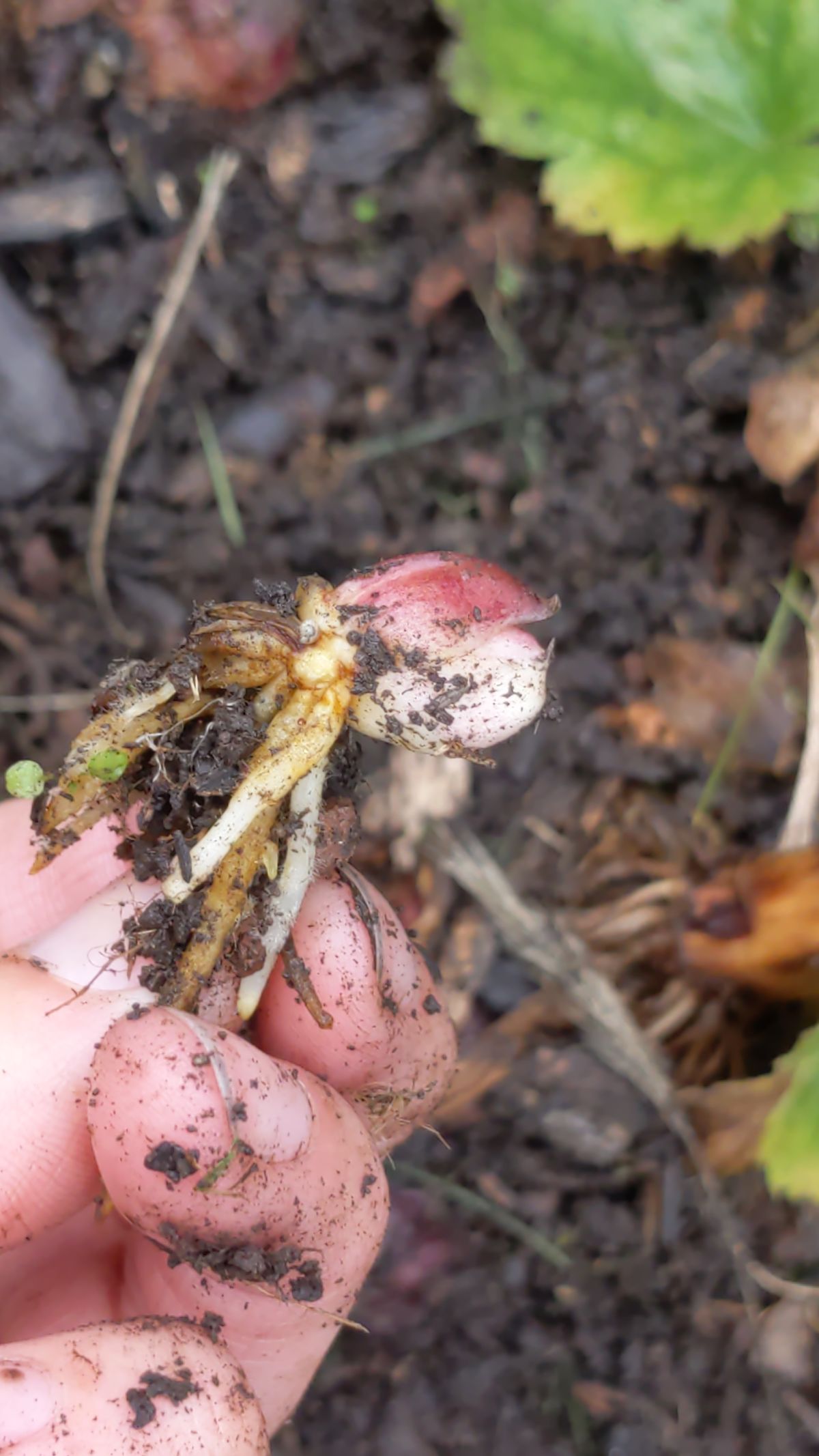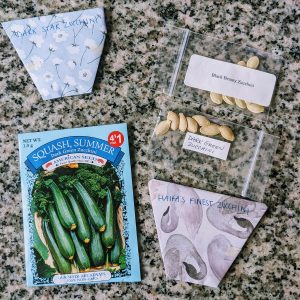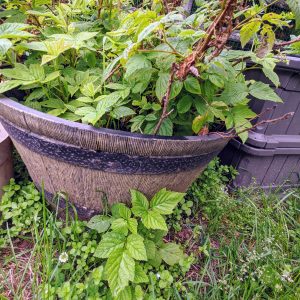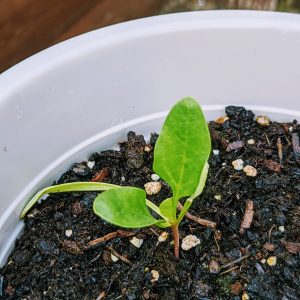Propagating Lilies: 4 Ways to Get Free Plants! (Scales, Bulblets, Bulbils, & Division)
Did you know that you don’t have to just keep buying lilies to get more lilies? I love how the vibrant colors and the tropical accent elevate the landscape appeal. I. Want. All. The. Lilies! So, I’ve begun propagating lilies from scales (also known as scaling) and while it won’t keep me out of the perennial aisles, it sure will be fun in the meantime!
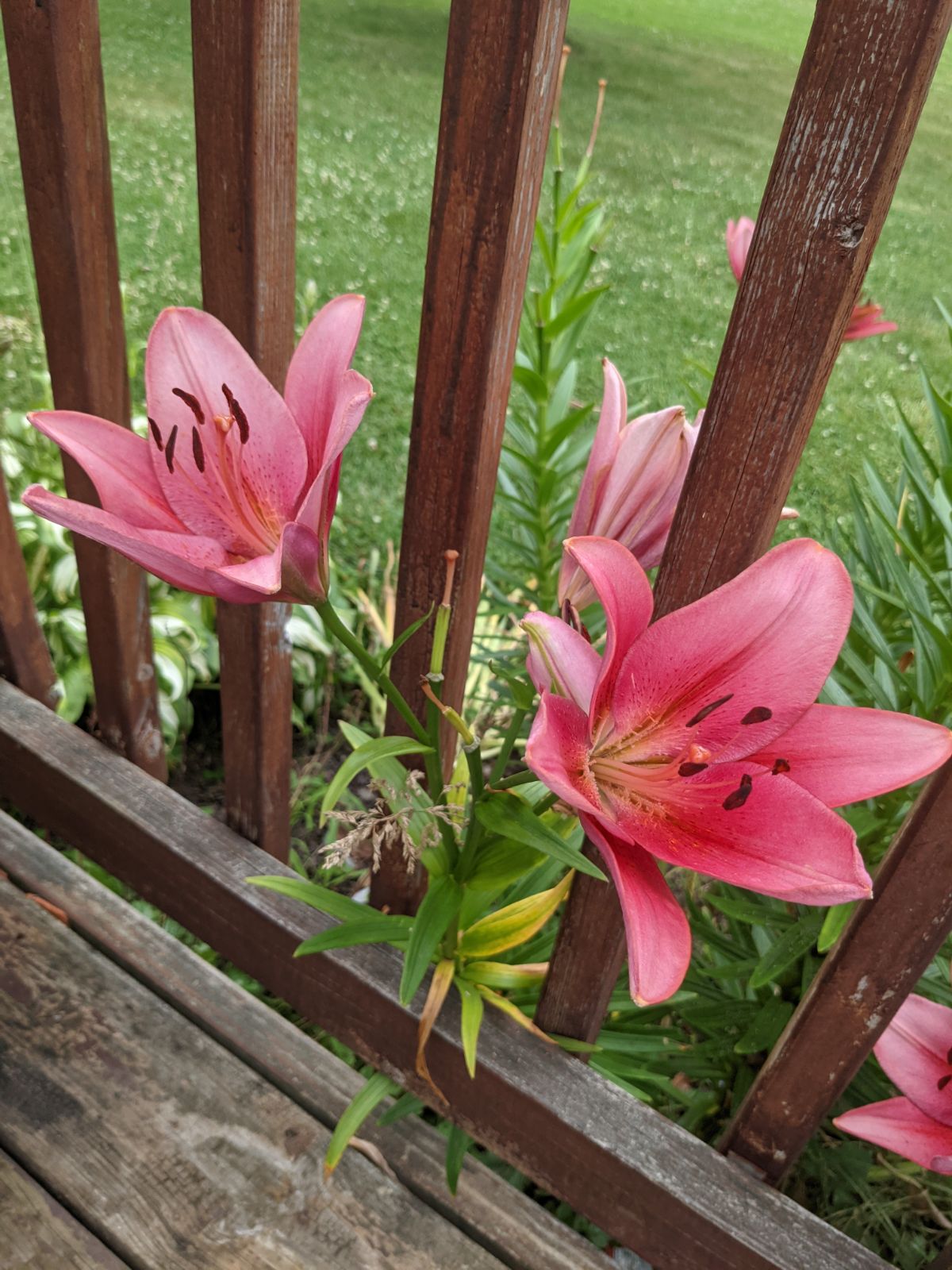
In fact, you can propagate lilies several different ways right in your own garden!
- Encouraging baby lily bulbs to grow on bulb scales
- Propagate lilies by division (separating baby bulbs from the mother bulb)
- Planting lily bulblets
- Planting lily stem bulbils
Lilies bring so much joy to the garden! Let’s dig into the different ways you can learn how to propagate lilies from your existing plants.
Benefits of Growing Lilies in the Garden
Lilies offer many great benefits in the garden:
- Vibrant Color
- Attractive Shape
- Low Maintenance Care
- Great Longevity
- Stunning Cut Flower
- Gorgeous Landscape Flower
- Easy Propagation
- Fragrance, Sometimes
- Hybridization Possibilities
Asiatic lily propagation helps to get free plants and multiplies all of these wonderful benefits of growing lilies in the flower bed.
Lily Propagation Methods
Several different lily propagation methods exist – propagating lilies from scales, bulbils, bulblets, and growing lilies from seeds.
Bulbils grow on the stem of some lilies along the leaf joints. Bulblets grow at the soil surface along the stem. Scales are what the entire lily bulb is made of!
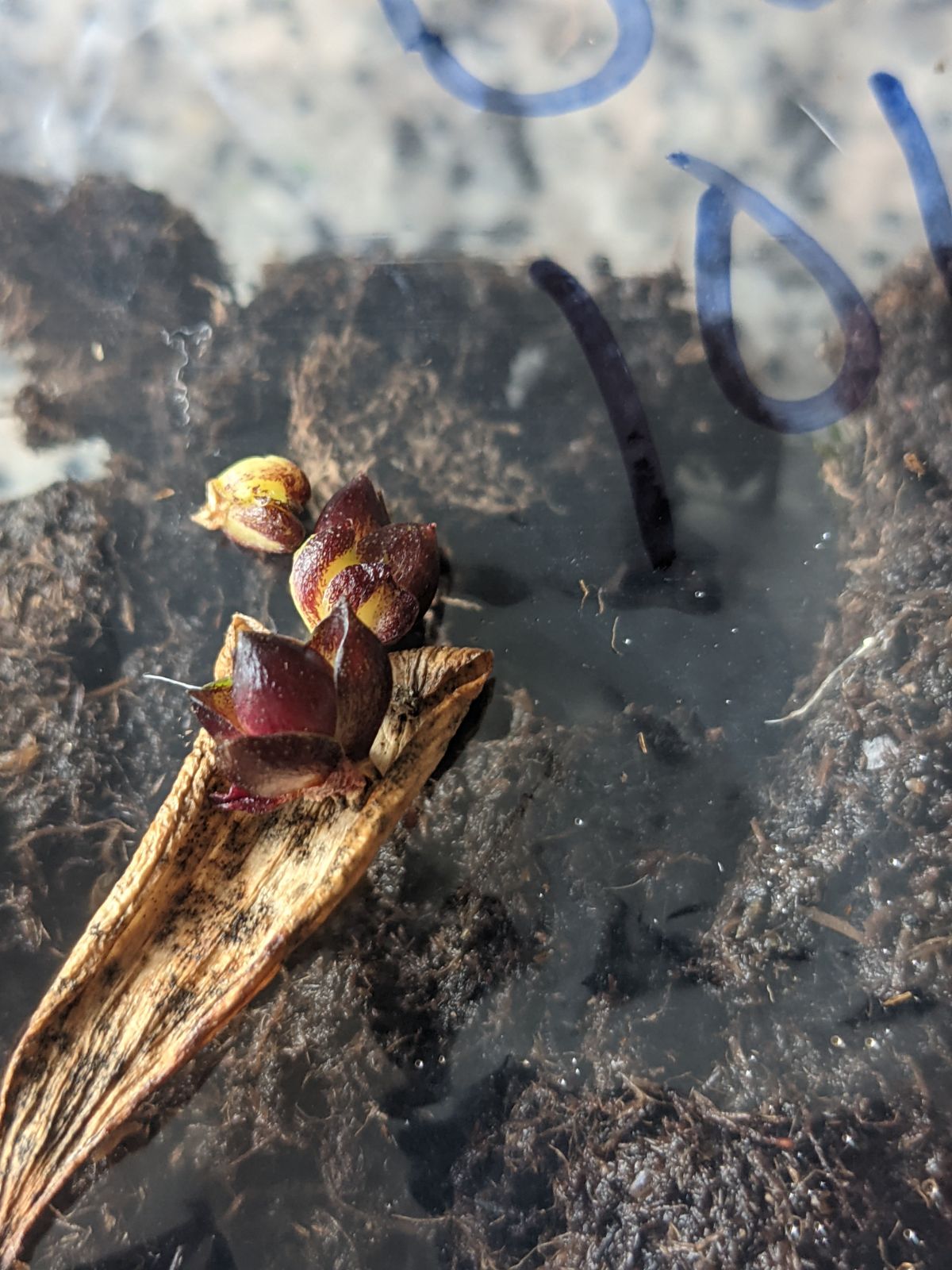
You can also simply separate the bulbs as your lily patch grows larger and relocate some for added beauty!
1. Growing from Scales
Propagating lilies from scales is a great activity for children whose curiosity will bloom and grow.
This simple gardening experiment produces great results. Let’s get started!
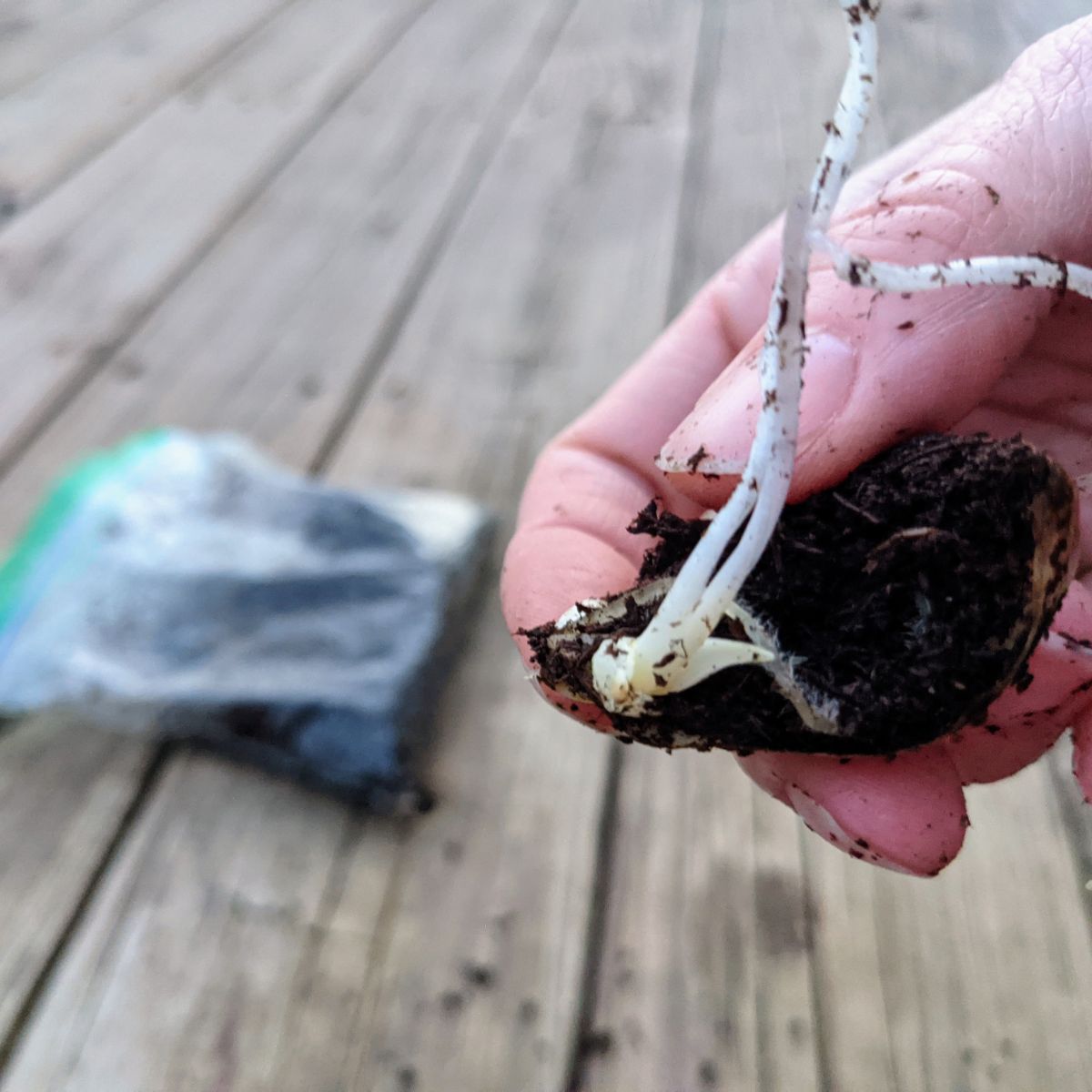
Sometimes scales fall off the lily bulb accidentally. Sometimes experienced gardeners remove lily scales on purpose for the intention of propagating and cultivating more lilies.
Either way, don’t toss those lily scales!
You can very easily propagate new baby lilies for your garden. Even a toddler can do it!
How to Propagate Lilies from Scales
This process of Asiatic lily propagation is actually a cloning method. The mini lily bulbs you create through scaling will be exact copies of the parent plant! Isn’t nature amazing?!Gather or remove a couple of lily scales. Only remove a few of the outer scales. You can harvest scales from existing Asiatic lilies about two months after the blooms are done. If you notice some scales have fallen off naturally, these are perfect to use!
1. Label a zip-top sandwich baggie.
List the type of lily and the date you harvested the scales.
2. Fill the baggie most of the way with peat moss.
Aim to fill it three-quarters of the way.
3. Add a little water to moisten the peat moss.
It shouldn’t be too wet but also not too dry. You should be able to form it around the scales.
4. Gently place the lily scales inside the bag with the peat.
Gently cover the scales as much as possible with the damp peat moss for best changes of lily propagation.
Optional: Dip the scales in antifungal powder or in 10% alcohol solution such as rubbing alcohol. You may then dip the cut side (basal plate) in rooting hormone.
5. Seal the bag and stick it out of sight, out of mind.
Store the baggie at around 70 degrees somewhere out of the way, such as on a shelf out of the way in your pantry.
6. Stick the baggie in your fridge and forget about it!
Literally, leave this in your fridge for at least two months for the lily dormant cycle. I left mine for around 3 – 4 months. It’s hard to wait but the rewards are worth it!
7. Check periodically to ensure the peat moss is still damp.
Add a tiny bit more water if needed. (This is something of a ploy so I can check on them as the impatient gardener that I am!)
8. Check the scales for tiny bulbs forming.
When scaling lilies, you will find the tiny bulbs growing at the basal plate, where the scale attached to the original bulb’s roots. They are ready to transfer to potting soil when the bulblets are about the size of peas.
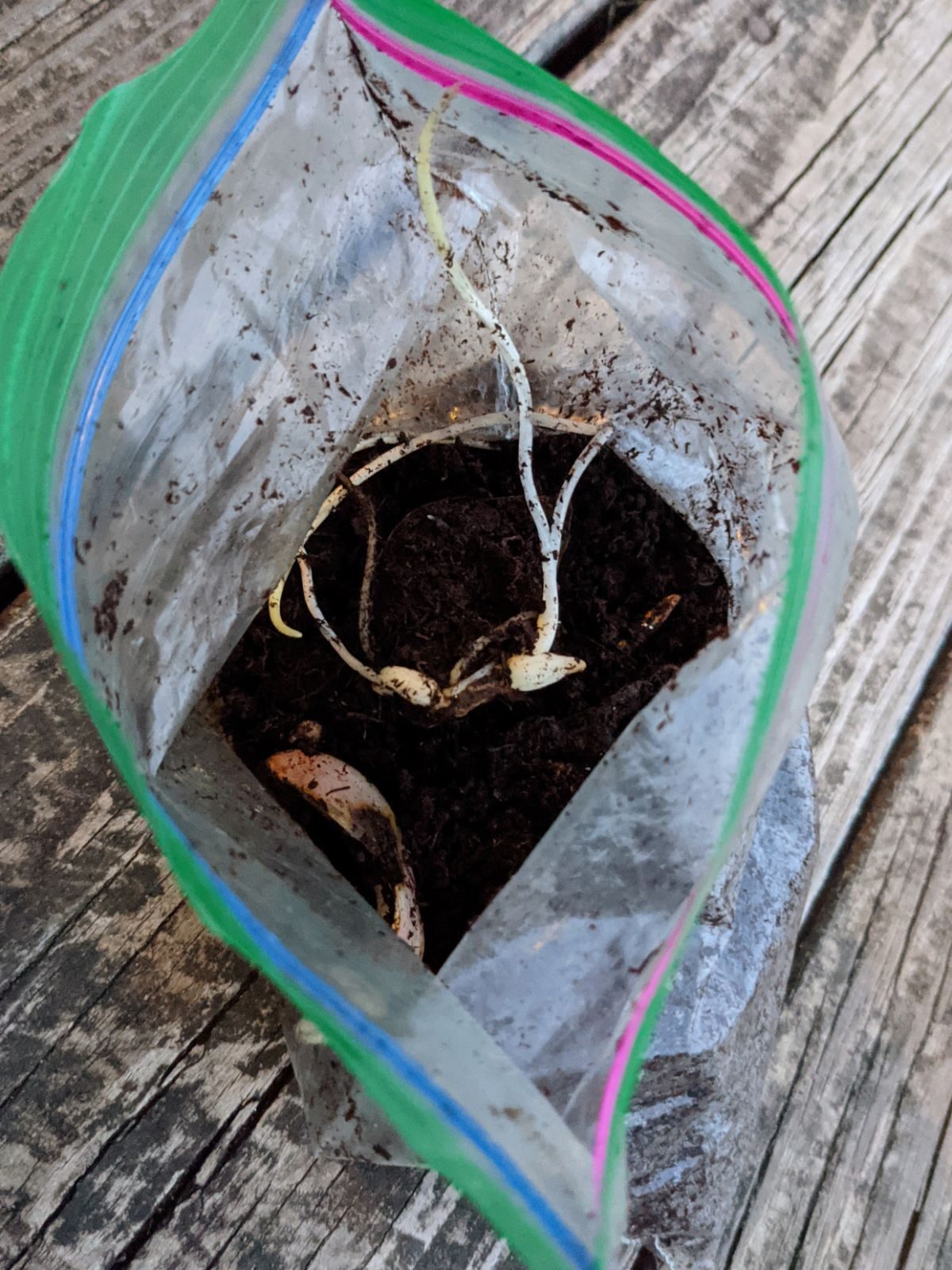
9. Plant the bulblets when they finally sprout.
Plant them a half-inch deep in potting mix. Soon you can move them outside and plant them about three to four inches apart.
And now for the really exciting part – You can expect blooms in two or three years!
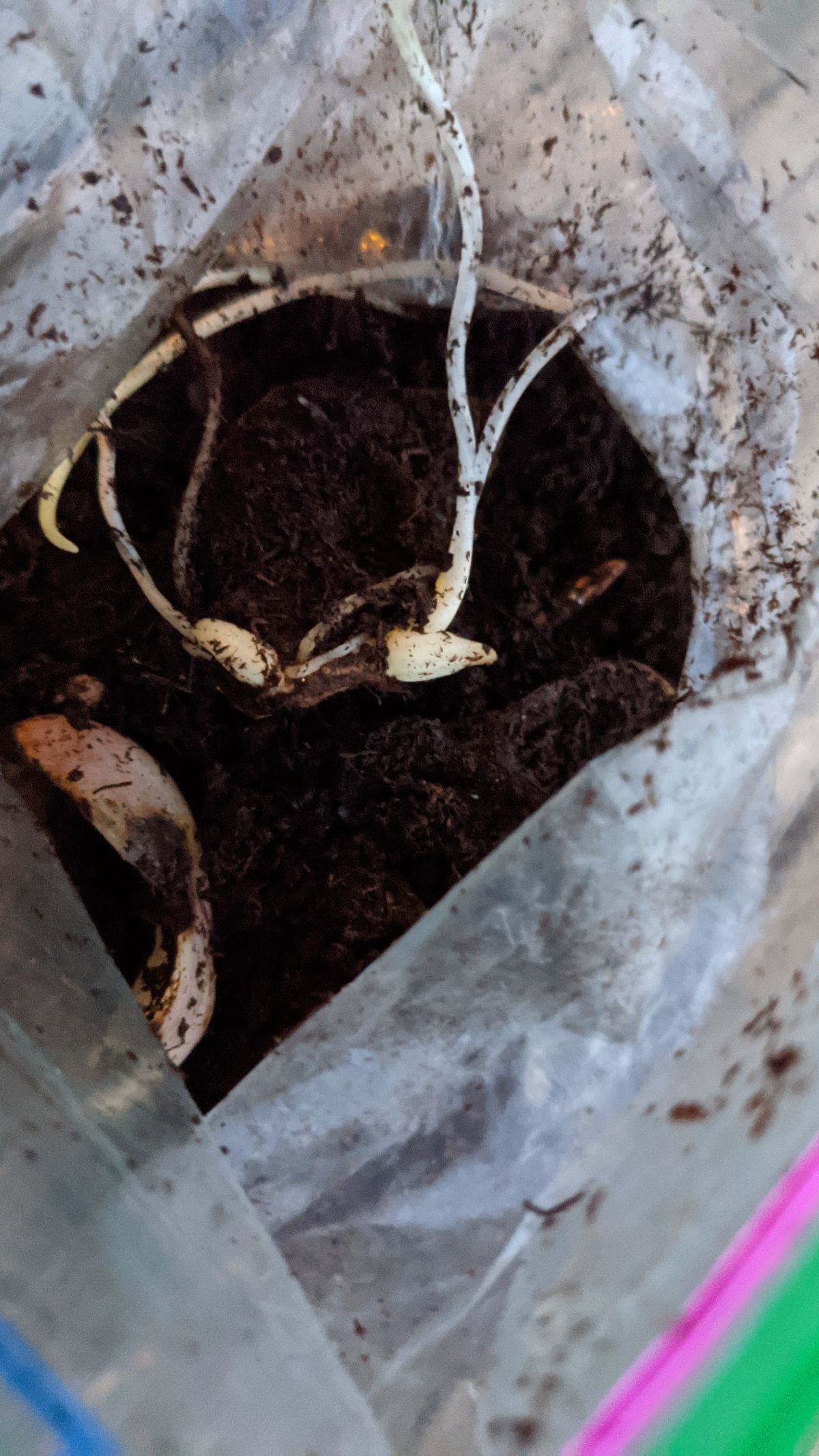
Read More: Check out other flower garden content related to planting flowers, seed collecting, and more.
You may also enjoy:
Summary: Propagating Lilies from Scales (Scaling)
This method of Asiatic lily propagation is very inexpensive and also very easy. I highly recommend it for gardeners of all ages and all skill levels.
Try these best practices for successful lily scaling:
- Attempt scaling in the late summer or early fall. Give your scales a long enough runway to produce tiny baby lily bulbs before your next growing season arrives.
- Water evenly and avoid drying out completely. Baby lily bulbs run the risk of sudden doom and stunted growth if not properly watered in the first year of life.
- Consider trading lily scales with your garden friends! What fun it would be to expand the lily colors and styles in your garden, spreading your lilies’ beauty to others.
2. Lily Propagation by Division
Perhaps the easiest way to increase the number of lily plants in your garden is to separate baby bulbs from the mother plants.
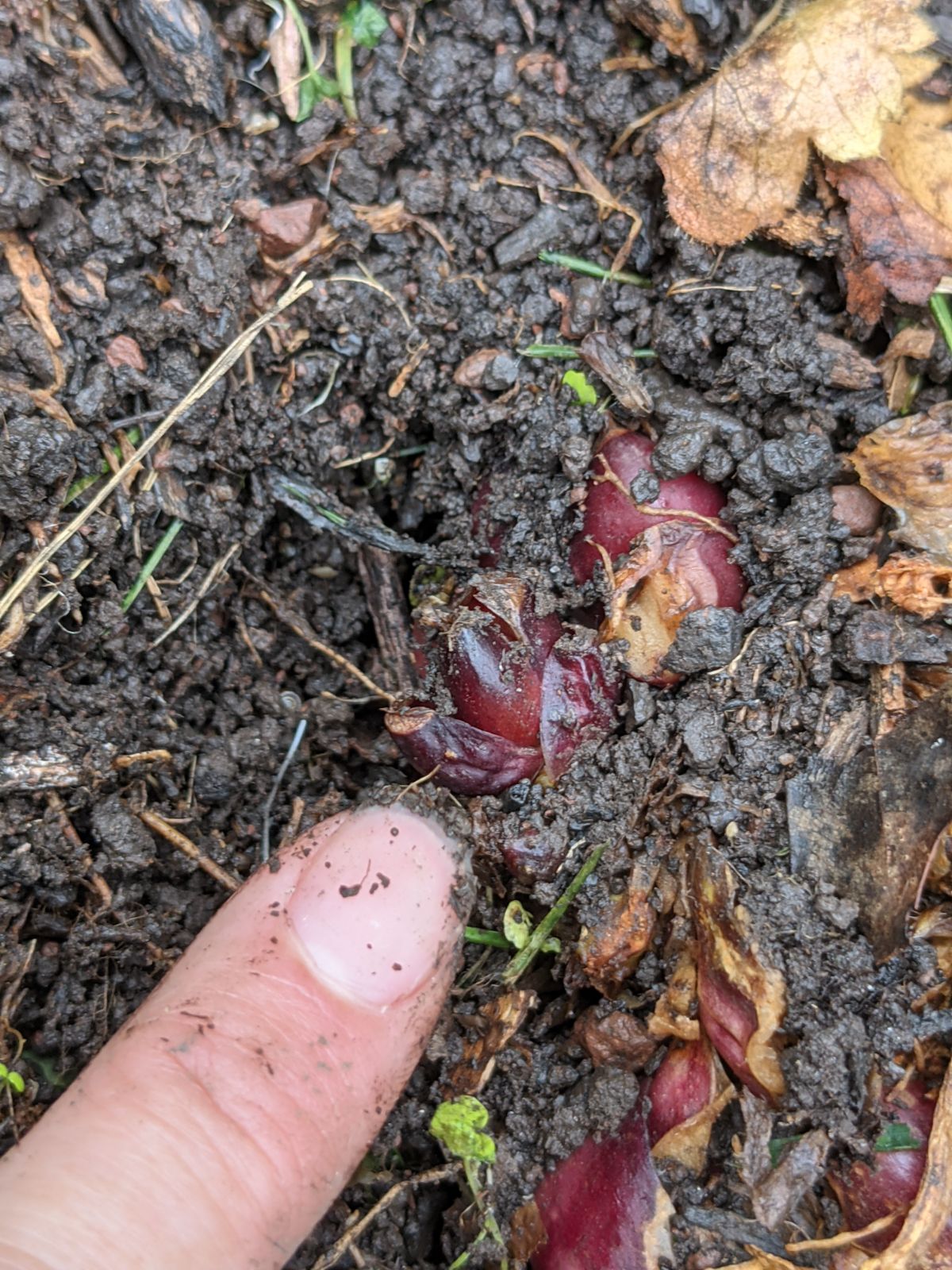
Lily division is so easy to do! You can even have your kids help you.
By dividing your lilies, you can start with one lily patch and wind up with several healthy lily patches in short time!
Follow these simple steps to relocate some baby lily bulbs in your garden.
- Find – Check the lilies in your garden to see if you can find any baby lily bulbs growing next to the parent plants.
- Separate – Gently separate the tiny lily bulbs from the main bulb. Ensure the roots remain intact.
- Relocate – Dig a small hole and bury the small lily bulb inside, roots facing down.
- Water and Watch – Lightly water the newly transplanted baby lily to help it acclimate.
Video – Learn How to Propagate Lilies by Division!
3. Replanting Lily Bulblets
Sometimes you can find bulblets on the top of the lily plant after it dies back. These lily bulblets are actually tiny bulbs that are viable and suitable for planting.
Sometimes bulblets can fall off the lily stalks and plant themselves.
You might also find bulblets growing at the base of the mother lily. Bulblets are essentially just tiny baby bulbs!
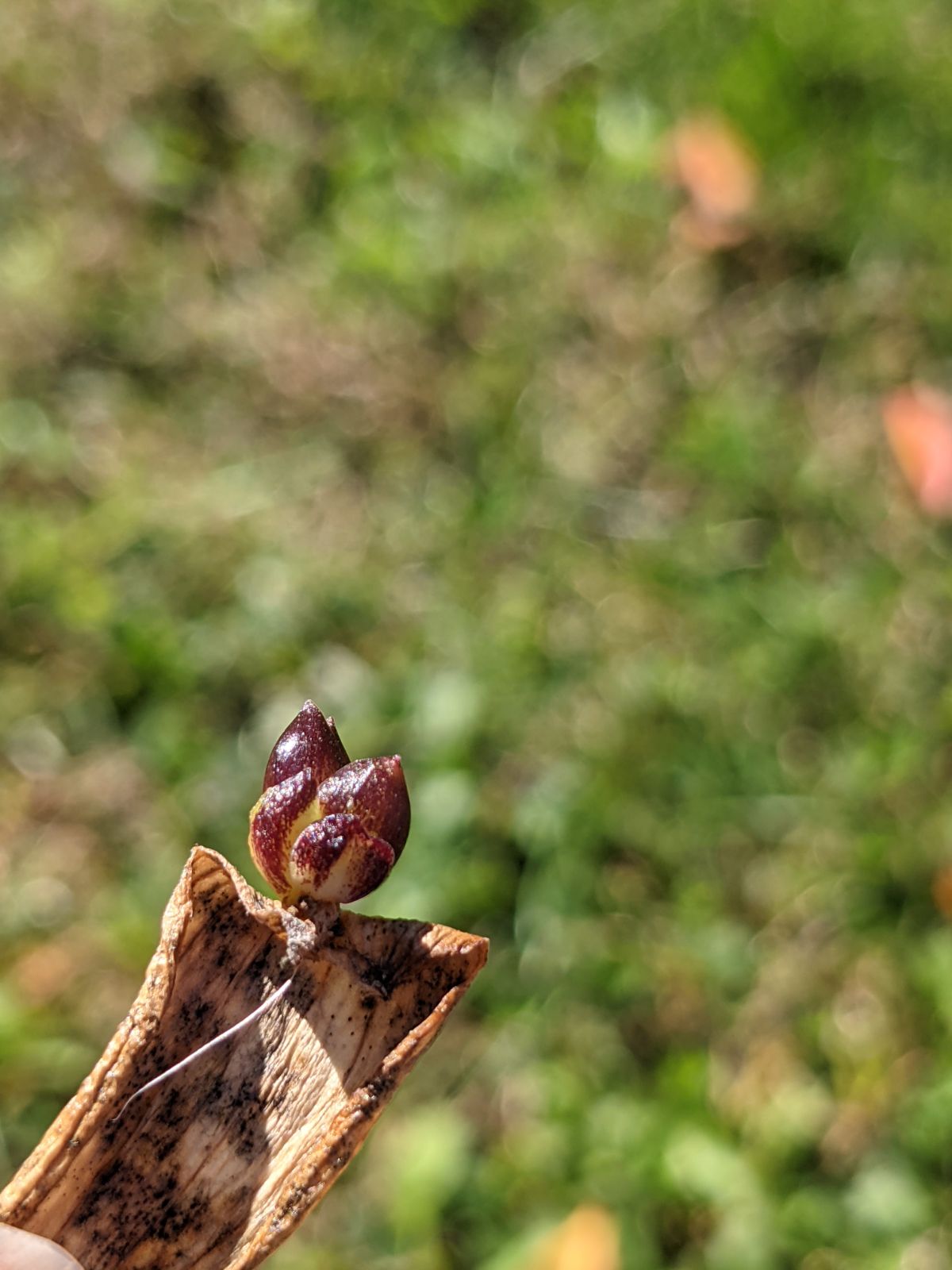
With your help, you can improve success rate and better control where your lilies grow in the garden.
Try these steps to grow more lilies from bulblets.
- Search – Inspect your spent lily stalks for small bulblets (tiny bulbs) growing near the tops.
- Remove – When you find one, gently twist to remove it from the plant.
- Nurture – Encourage this little bulblet to grow! You can plant it indoors, place it in some damp peat moss in the fridge, or plant it elsewhere in your garden. Water it and monitor for signs of growth.
4. Propagating from Lily Stem Bulbils
Sometimes tiny lily bulbs grow along the stems! I’ve seen this a lot with Asiatic lilies producing bulbils on their stems.
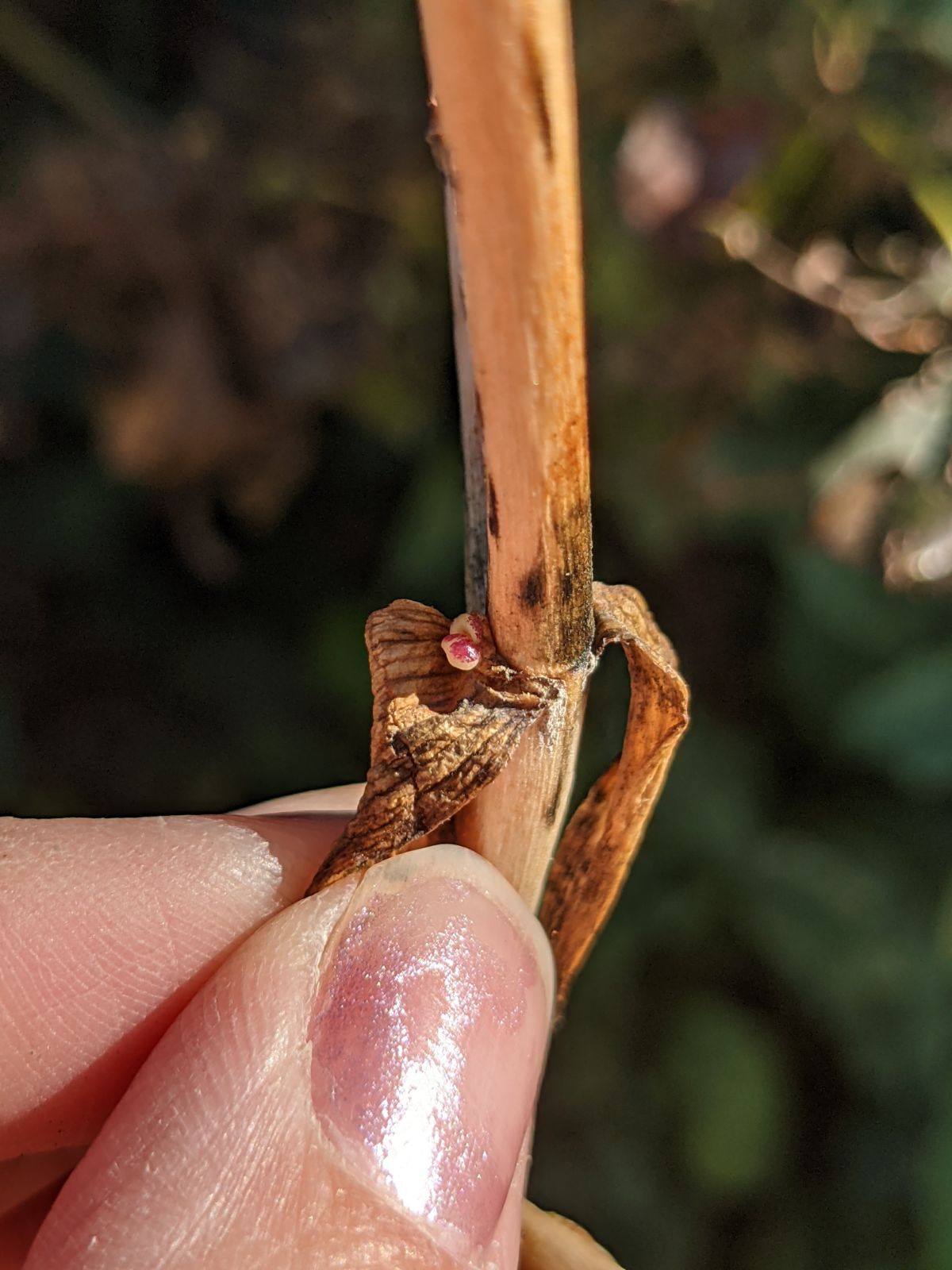
Propagating lilies from bulbils found on the stem is another quick and easy way to get more lilies in your garden!
Follow these easy steps to grow lilies from bulbils.
- Inspect – Look at all your lily plant stems to see if you can find any bulbils.
- Twist & Remove – Gently twist to remove any bulbils that you find from the stem.
- Nurture – Give these tiny bulbs lots of care so they can form strong and healthy lilies. Place them in a bag of damp peat moss in the fridge for a few weeks or months to see it they can grow some roots.
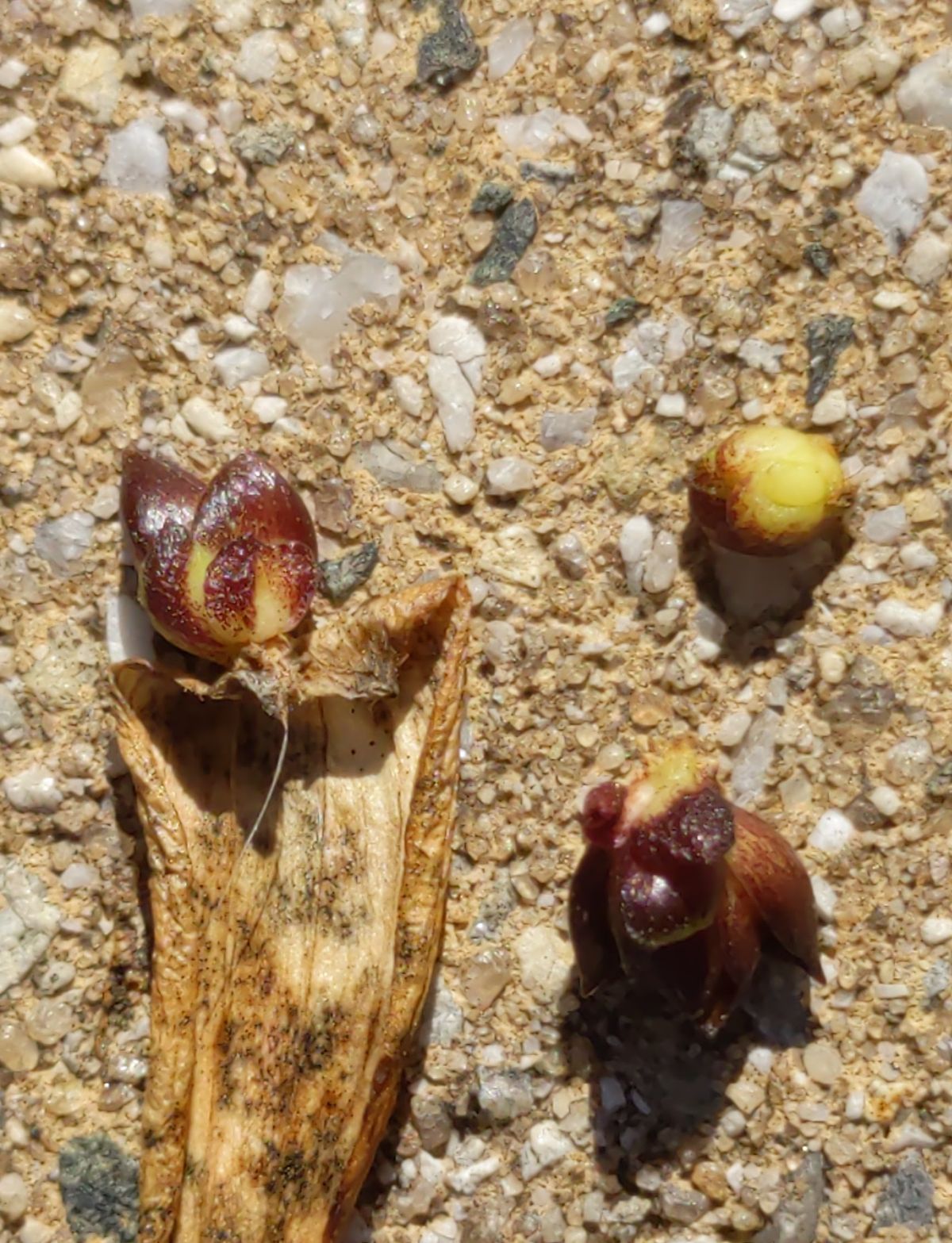
Get More Lilies!
Have you ever tried propagating lilies from scales? What about by dividing baby bulbs and replanting them? Or maybe you’ve tried growing new lily plants from bulbils or bulblets!
We’d love to hear about your experiences multiplying your lilies it in the comments below.
By the way, you might also enjoy our post on Transplanting Lilies from pots or bags. This is another great way to help lilies spread!
Also, please feel free to pin our post for your gardening to-do list or send it over to a friend who might want to try scaling and other methods of lily propagation!
Happy Gardening!
08.05.22 – Updated to add link to transplanting lilies and do lilies spread.
02.07.23 – Updated to fix spacing and bold headlines. Added more content to share other ways to grow more lilies.
02.09.23 – Updated to add video just published for propagating lilies by division. Added more photos for bulbils and bulblets and division, replaced old scaling photos and featured.

